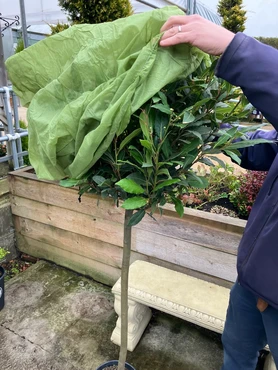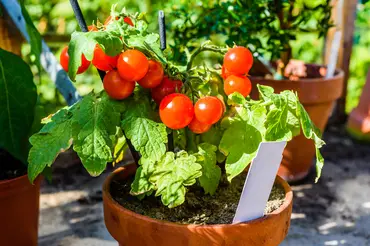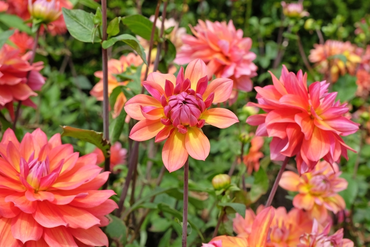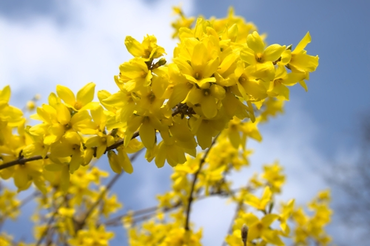
As the weather gets colder and winter approaches, many gardeners start worrying about protecting their plants. At Carpenters Garden Centre, we have years of experience helping customers keep their plants happy and healthy through harsh wintry conditions. Follow our seasonal care guide to learn the best ways to safeguard your plants this winter.
Assess Vulnerabilities
The first step is to walk through your garden beds and containers to identify which plants are most vulnerable to cold, wind, frost, ice, and snow. Tropical varieties like hibiscus and citrus trees are much more susceptible than hardy shrubs. Some evergreen plants also struggle as their leaves continue to lose moisture on cold, dry winter days. Knowing which plants are more vulnerable helps you determine the best protection methods.
Create Sheltered Microclimates
Constructing small shelters or widn breaks around vulnerable plants creates tiny areas with warmer, gentler conditions. Place wooden planks or cardboard around container plants to block wind and cold. Consider mini greenhouses or closhes for sensitive potted plants that can be covered at night and uncovered during warmer daylight hours to allow air circulation. Select sheltered garden spots near to the house, walls or fences for any vulnerable in-ground plants.
Provide Insulating Mulch
Applying a thick 4-6 inch layer of organic mulch over the soil surrounding vulnerable plants keeps roots warmer and prevents freeze/thaw stress. At Carpenter’s we recommend using aged bark, woodchips, manure, or commercial insulating mulches sold in bags. Ensure any mulch you apply is organic, not dyed, preserved, or treated. Pull the mulch a few inches away from the base of plants to prevent moisture buildup and rot.
Water Smartly
Too much moisture during freezing temperatures can damage plants, but inadequate water also increases winter vulnerability. Water deeply only when the soil is partly dry to refresh the moisture near plant roots. Prioritise watering on warmer winter days when the plants can uptake moisture. Ensure vulnerable container plants do not fully dry out but take care to not overwater. Consider using frost-proof clay or plastic containers which hold moisture better than glazed ceramic pots. Also, ensure that pots are draining well and are lifted form the surface to prevent holes and outlets being blocked.
Give Winter Protection
Tender and fragile plants need extra protection when the winter weather is at its harshest. Wrap vulnerable trees and shrubs with horticultural fleece, insulated foam wraps, or weatherproof fabric. Place protective row covers over beds of delicate plants. Tree wraps guard trunks against cracking and frost damage while also regulating moisture loss. Use cloches, portable cold frames, polytunnels, and greenhouse structures over vulnerable plants during cold spells. Ensure any covers are securely installed to withstand wind and the weight of ice/snow. This is especially prudtn in late winter early spring when plants start to bud and produce new growth after a few sunny days. If the weather turns cold and frosty again it can turn new growth black and kills some plants.
Monitor and Adapt as Needed
Continue assessing your plants throughout winter and adapt your protection measures if problems emerge. Check for signs of winter dieback, leaf browning/wilting, snapped branches, lifted container plants, or rotting. Boost winter warmth, moisture levels, or physical barriers as needed. Gently firm back any lifted containers, replace vulnerable mulch, remove damaged foliage, and treat rot immediately.
With our years of horticultural experience, we hope this winter plant protection guide gives you confidence to help treasured plants not just survive but thrive through the challenges of harsh weather, including frost, ice, heavy snow, bitter winds, and winter darkness. Stay warm! Spring will come again soon.




